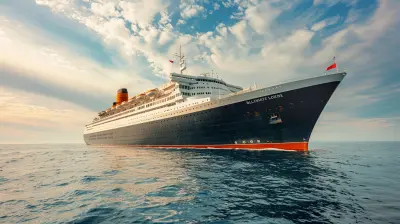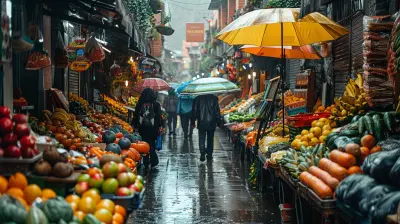Deep Dive into the Ceremonial Rites of Pacific Island Cultures
28 November 2025
If you’ve ever dreamed of escaping to a tropical island, sipping from a fresh coconut under swaying palm trees, you're not alone. But hey, there's more to the Pacific Islands than just stunning beaches and crystal-clear waters. Beneath the surface, literally and figuratively, lies a rich cultural heritage shaped by centuries of tradition, myth, and spiritual connection. And among the most soul-stirring aspects of this heritage? The ceremonial rites.
In this article, we’re diving deep—pun intended—into the mesmerizing world of Pacific Island ceremonies. Think sacred dances, symbolic tattoos, ancestral chants, fire-walking, and stories that are passed down like heirlooms. Let’s take that snorkel of curiosity, suit up, and get to the heart of what makes these island cultures truly magical.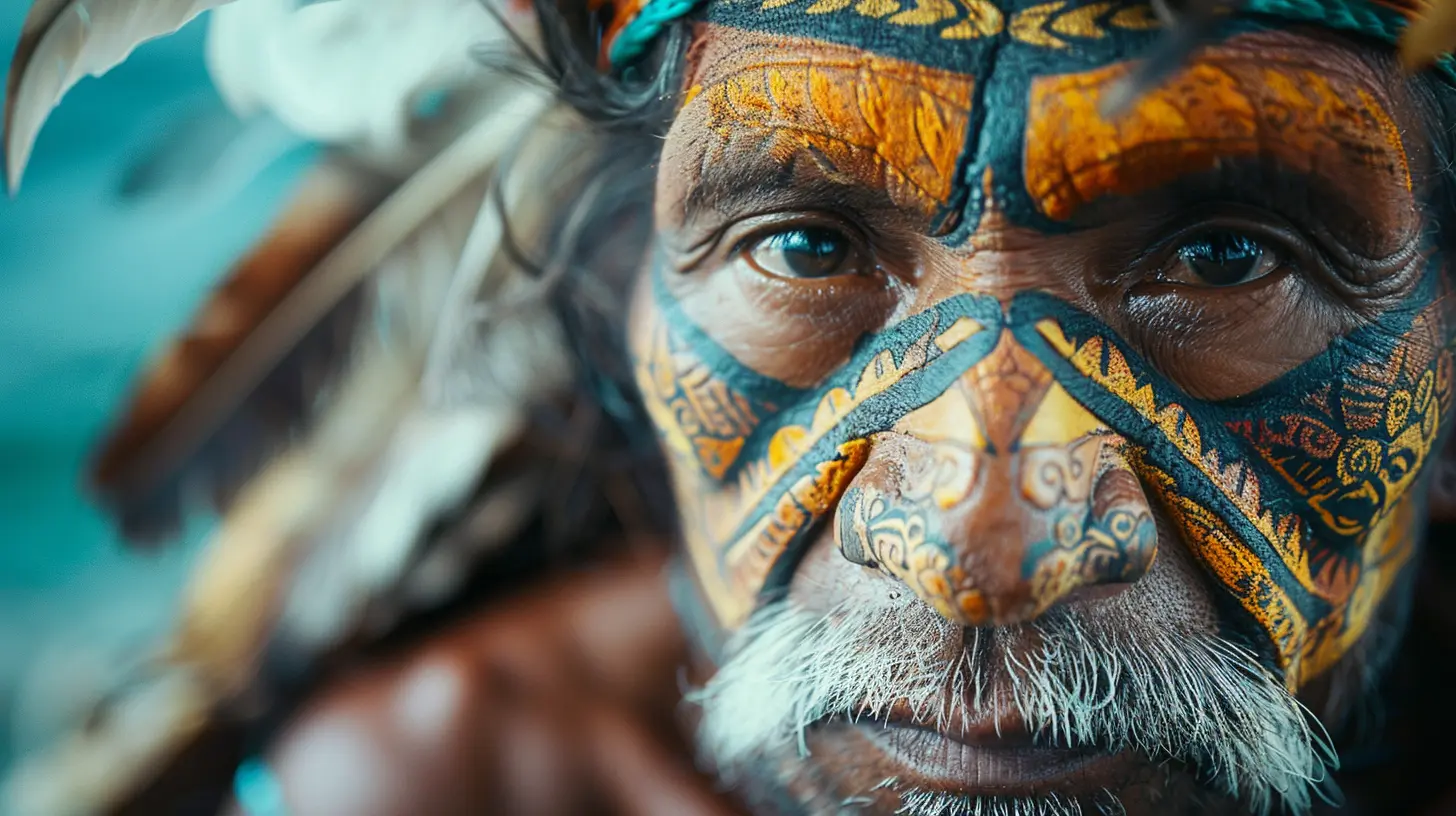
🌺 Why Pacific Island Ceremonies Matter
Before we get into the nitty-gritty (and there's plenty of that!), let’s ask a simple question: why should you care about ceremonial rites? Well, picture this—ceremonies are like time machines. They preserve the past, reflect the present, and even shape the future.These rituals are more than just performances for tourists. They’re the beating heart of identity, community, and spirituality for many Pacific Islanders. Whether it’s a coming-of-age ritual, a wedding, or a celebration of harvest, each ceremony tells a story—a really, really old one.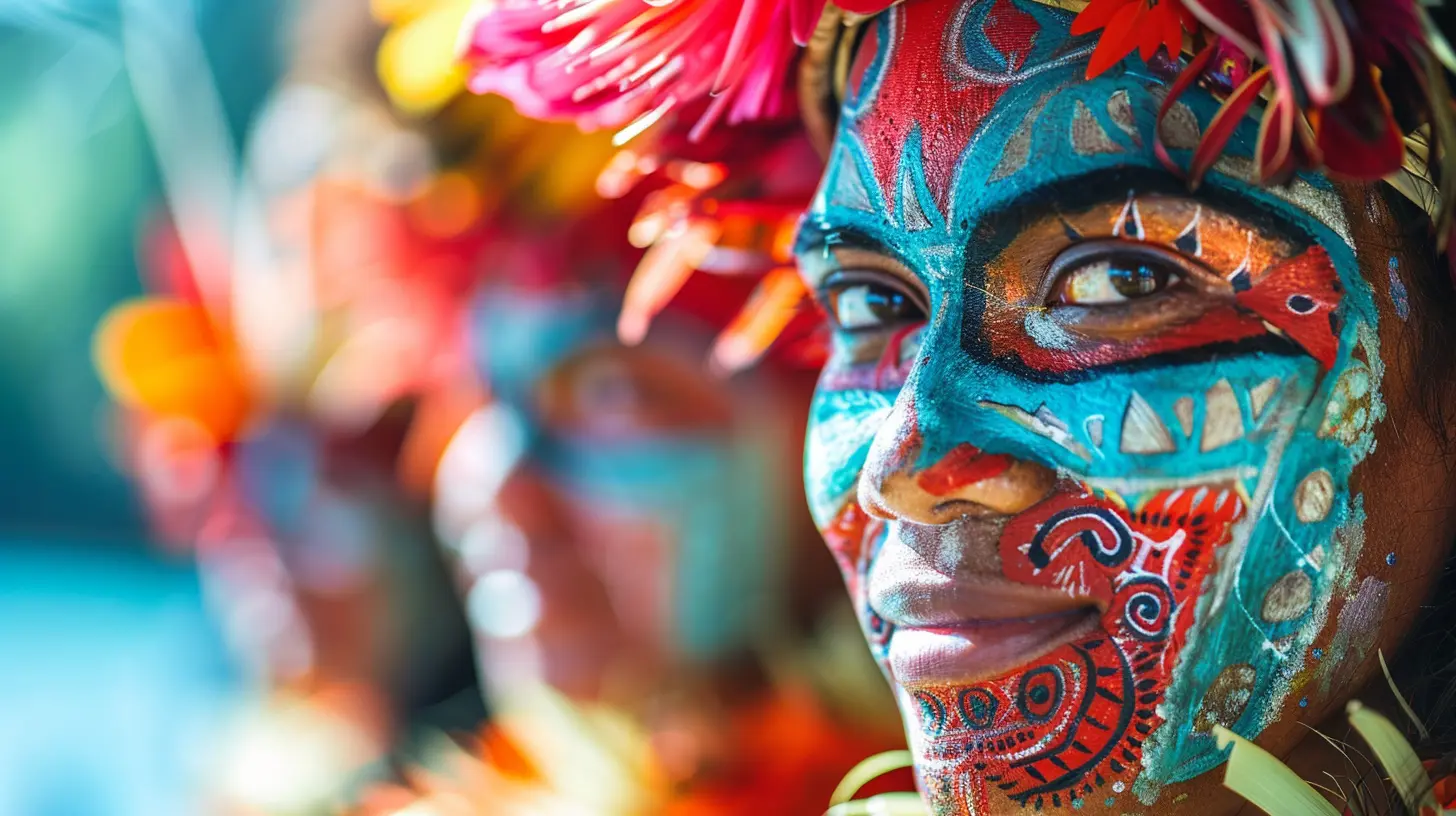
🌴 The Pacific Islands: A Cultural Kaleidoscope
Now, the Pacific Islands aren’t just one place. We’re talking about a mind-blowing archipelago stretching across thousands of miles and dozens of nations. You’ve got:- Polynesia – Think Hawaii, Samoa, Tonga, Tahiti.
- Micronesia – Like Palau, the Marshall Islands, and Guam.
- Melanesia – Including Fiji, Papua New Guinea, Vanuatu, and the Solomon Islands.
Each region has its own unique flair, but many of their rituals share the same foundational values: respect for ancestors, nature, and community.
🪕 Fire, Feasts, and Footsteps: Common Elements in Ceremonies
While the specifics vary, there are a few standout features that many Pacific Island ceremonies share:1. Chanting and Storytelling
Chants are not just catchy tunes here—they’re sacred. They tell epic tales of gods, heroes, and historical events. You’ll hear them during weddings, funerals, and big communal gatherings.2. Dancing (And Lots of It!)
Ever watched a traditional hula or a Siva Samoan dance? They’re not just pretty movements—they’re loaded with symbolism. From the swaying hands to the stomping feet, every move means something.3. Tattooing Rituals
In many Pacific cultures, tattoos aren’t just body art—they’re spiritual and social milestones. The Samoan ‘pe’a’ or the Maori ‘moko’ are intense, painful, and profoundly meaningful.4. Fire Ceremonies
From Fiji’s famous fire-walkers to Samoan fire knife dances, fire isn’t just for roasting pigs—it’s a bridge between the mortal and spiritual worlds.5. The Sacred Kava Ceremony
In Tonga, Samoa, and Fiji, kava (a drink made from the kava root) plays a central part in formal gatherings. Drinking kava is a way to connect with ancestors, gods, and each other.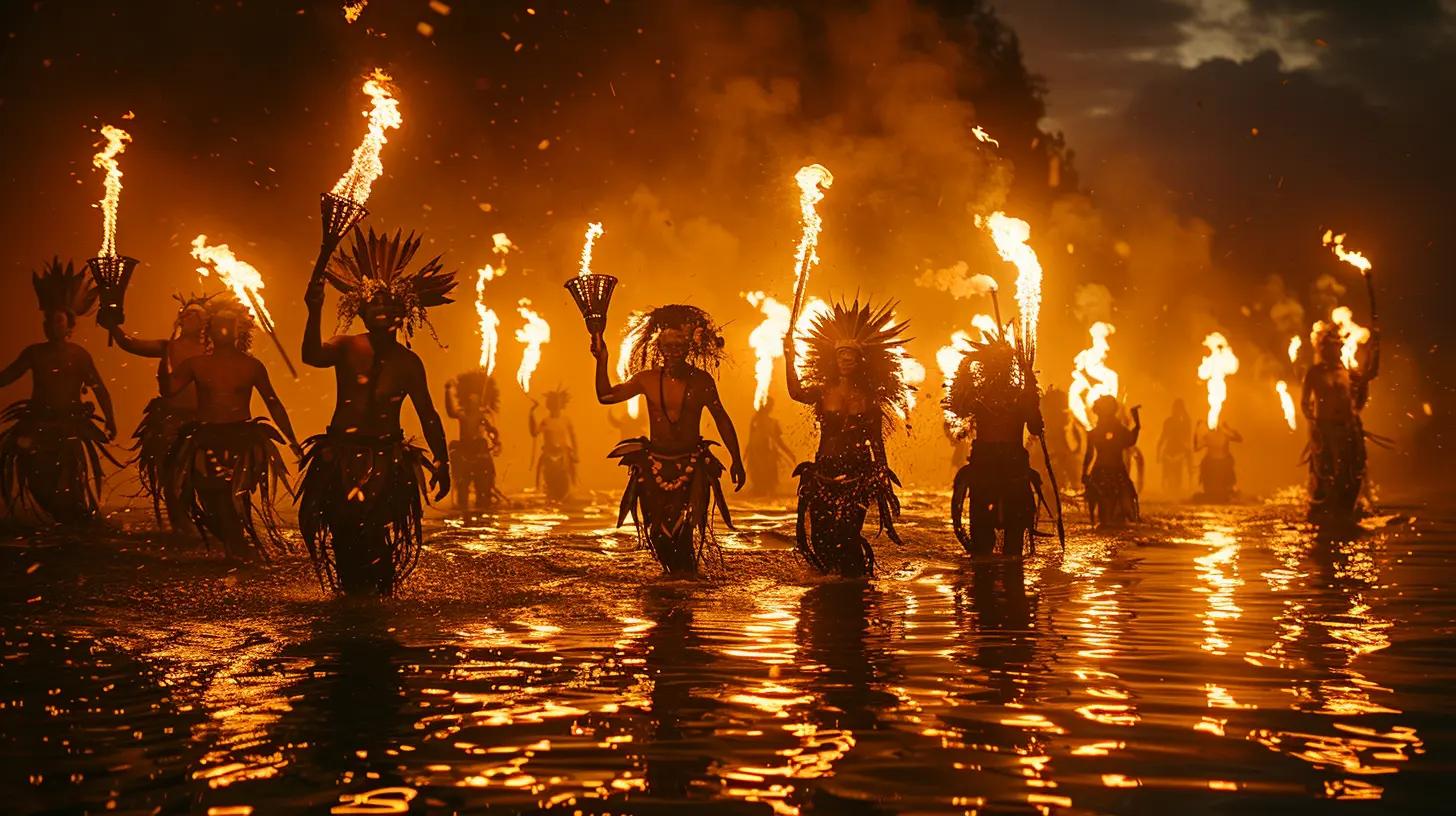
🌊 Polynesia: Sacred Grooves and Ancestral Ties
🏝️ Hawaii – Hula Beyond the Hips
If you think hula is just a touristy dance, think again. The traditional form, called Hula Kahiko, is a deeply spiritual practice. Performed to chants and the beat of ipu drums, it honors gods, commemorates history, and celebrates nature’s rhythms.And guess what? Many chants go back hundreds of years. That’s like listening to ancient tweets from the ancestors—no 280 character limit here.
🏝️ Samoa – The Siva and the Fa’a Samoa
In Samoa, life runs on the “Fa’a Samoa,” or “The Samoan Way.” It’s all about family, culture, and communal living. Ceremonies like the 'ava ceremony (where chiefs drink a ritual beverage) and the malu tattooing for women are key rites of passage.Siva, their traditional dance, is slow, expressive, and storytelling in motion. It’s a beautiful dichotomy—graceful but powerful.
🏝️ Tonga – Royal Rites and Sacred Songs
Tonga is home to one of the last remaining monarchies in the Pacific. Traditional ceremonies here may include 'Otuhaka—a formal seated dance reserved for royalty. They also celebrate inasi—a first-fruits ceremony where people offer their harvest to the king (talk about farm-to-throne!).🥥 Melanesia: Mysticism, Masks, and Magic
🏝️ Papua New Guinea – Tribes and Transformation
Papua New Guinea has more than 800 languages (!) and nearly as many cultures. One of the most visually stunning ceremonies is the Sing-Sing—a gathering where tribes showcase their unique dances, body paints, and feathered regalia.The Hevehe ceremony is another mind-blower. It involves sacred masks, massive structures, and intricate rituals honoring ancestral spirits.
🏝️ Vanuatu – The Naghol (Land Diving) Ritual
Think bungee jumping, minus the cords and with way more cultural significance. In Vanuatu, men leap from tall wooden towers with just vines tied to their ankles. The dive is a rite of passage and considered a fertility ritual to bless the harvest.Spoiler: It's jaw-dropping—and not for the faint of heart.
🏝️ Fiji – Firewalking and Meke Dance
Fiji’s firewalking isn't a party trick. It’s tied to ancient legends and requires immense spiritual preparation. Locals believe the walkers must be pure of heart to safely cross the hot coals.Fiji also has the Meke dance—a storytelling dance combining singing, drumming, and expressive movements. It’s like a live musical, but cooler.
🌞 Micronesia: Spirits, Stars, and Seafaring Legacies
🏝️ Palau – The Role of Women in Rituals
In Palau, female elders often play a central role in traditional ceremonies. They’re the keepers of wisdom and authority—basically the wise aunties steering the ship of culture.Bai meetings (held in traditional men's meeting houses) are where rituals and communal decisions happen. And women? They’re right there shaping the outcomes, even if not always seated inside.
🏝️ Yap – Stone Money and Ritual Exchange
Yap might not have ATMs, but it does have stone money the size of car tires. These stones play a role in ceremonial exchanges like marriage or clan agreements. They’re not for daily use, but they carry massive cultural and symbolic weight.Their dance ceremonies, often involving large troupes in colorful attire, are mesmerizing. The movements might be slow, but the impact? Lasting.
🐚 Rites of Passage: Birth, Adulthood, Marriage, and Death
In Pacific cultures, every stage of life is marked with a ritual. These aren’t your basic “baby shower and wedding vows” kind of deals. They're intricate, community-wide events:- Birth – Often celebrated with naming ceremonies or blessings from elders.
- Coming of Age – In some islands, boys undergo initiation ceremonies involving seclusion, teachings, and even tattooing.
- Marriage – More than just a union—it’s a merging of families and sometimes villages.
- Death – Mourning rituals often include feasts, storytelling, and even spirit-cleansing ceremonies to guide the soul on its journey.
🌺 Tourism and Tradition: Striking the Balance
Okay, let’s talk about the elephant on the beach—how does tourism affect these ceremonies?Yes, some rituals are shared with visitors to preserve and promote culture. But the key lies in respect. If you’re lucky enough to witness one, remember you’re not at a theme park. This isn’t a show—it’s someone’s sacred heritage.
Be open, be curious, and most importantly—be humble. Take photos with permission, ask questions respectfully, and keep your beachwear appropriate (trust us, no one wants to see your swim trunks at a spiritual gathering).
🌈 Keeping the Flame Alive: Modern Twists on Ancient Practices
You might wonder—are these ceremonies still relevant in today's screen-filled, fast-paced world?Absolutely. While some rituals have modernized, the core values remain. Many islanders today weave in both traditional and Christian elements. Others use ceremonies to promote cultural tourism or teach the younger generation about their roots.
Social media and documentaries have also become tools of preservation. Technology meets tradition, and honestly? It’s a beautiful dance.
✈️ Planning a Culture-Filled Trip to the Pacific? Here’s Some Quick Travel Wisdom:
- Check Local Calendars – Some ceremonies are annual, and timing your trip right could mean witnessing something unforgettable.- Respect the Sacred – If locals ask you to participate, that’s a huge honor. Follow their lead and ask before doing anything (especially photos).
- Hire a Local Guide – They’ll give you the inside scoop you won’t get from guidebooks.
- Dress Modestly – When in doubt, go for that sarong over the swimsuit.
🌟 Final Thoughts: Ceremony is a Window to the Soul
Taking a deep dive into Pacific Island ceremonial rites isn't just about collecting cool stories for your next vacation blog. It’s about understanding the lifeblood of cultures that have endured for centuries through storms, colonization, and modernization.These rituals might seem like distant echoes of the past, but spend a moment connecting with them, and you’ll feel their pulse beating loudly in the present.
They remind us of the importance of community, the beauty of storytelling, and the power of honoring our roots—no matter where we come from. And that, my friend, is a journey worth taking.
all images in this post were generated using AI tools
Category:
Cultural ToursAuthor:

Shane Monroe
